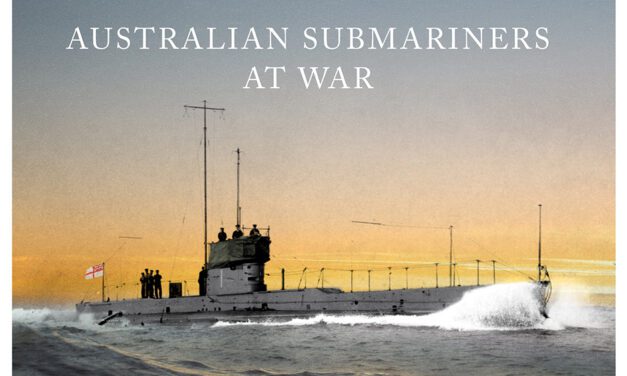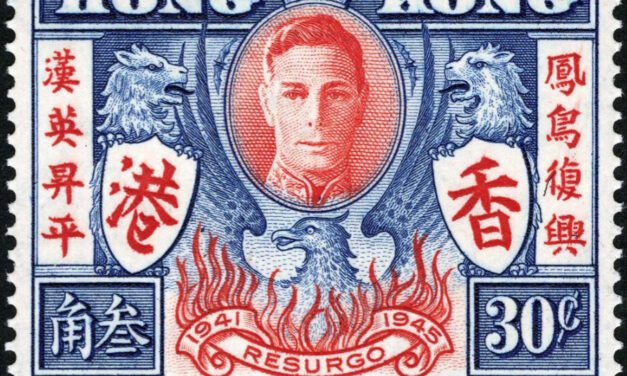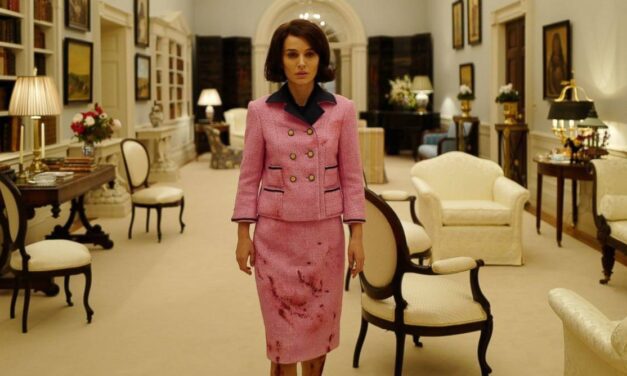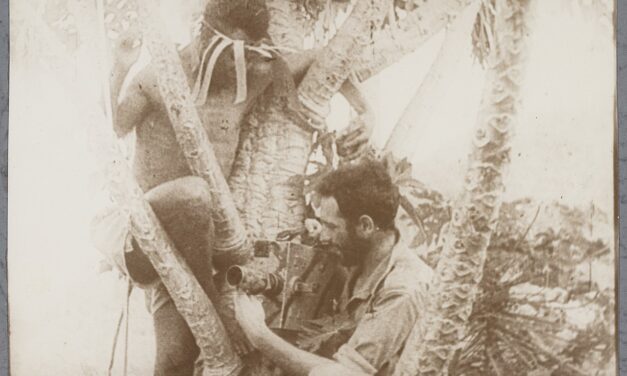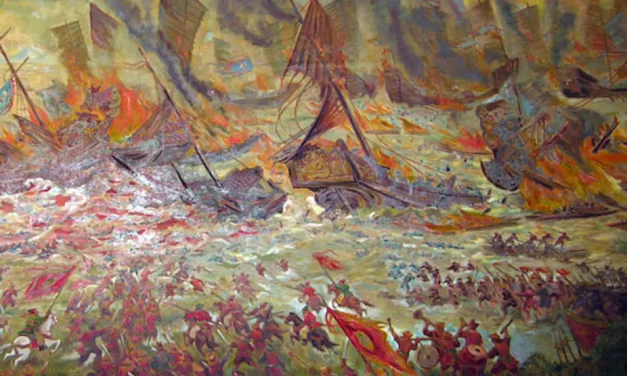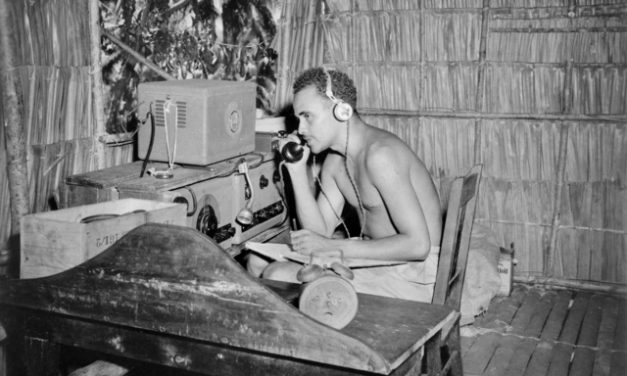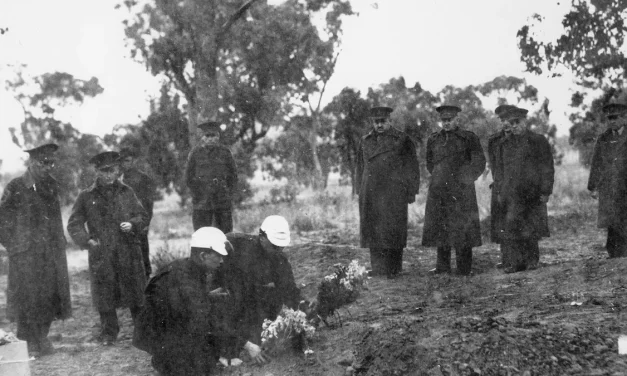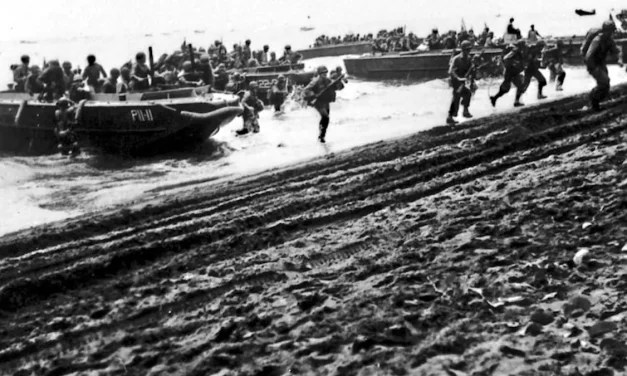Dive! Australian Submariners at War by Mike Carlton – Book Review
Reading time: 4 minutes
Dive! opens with the best description of the development and implementation of submarine technology and doctrine I have ever read. This could easily be part of a broader history of submarines, Carlton has clearly done broad and extensive research and his writing effortlessly demonstrates his command of the topic.

